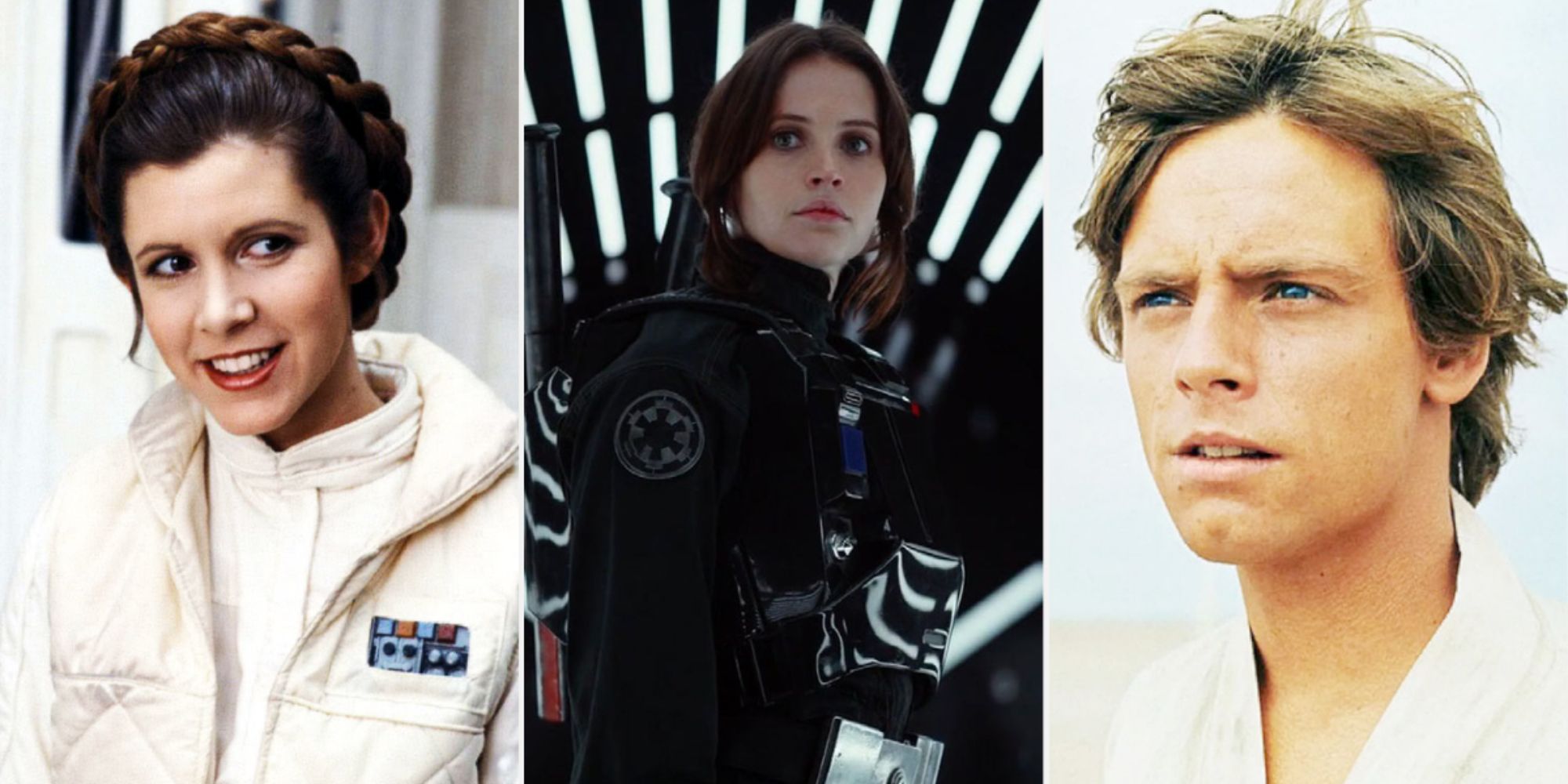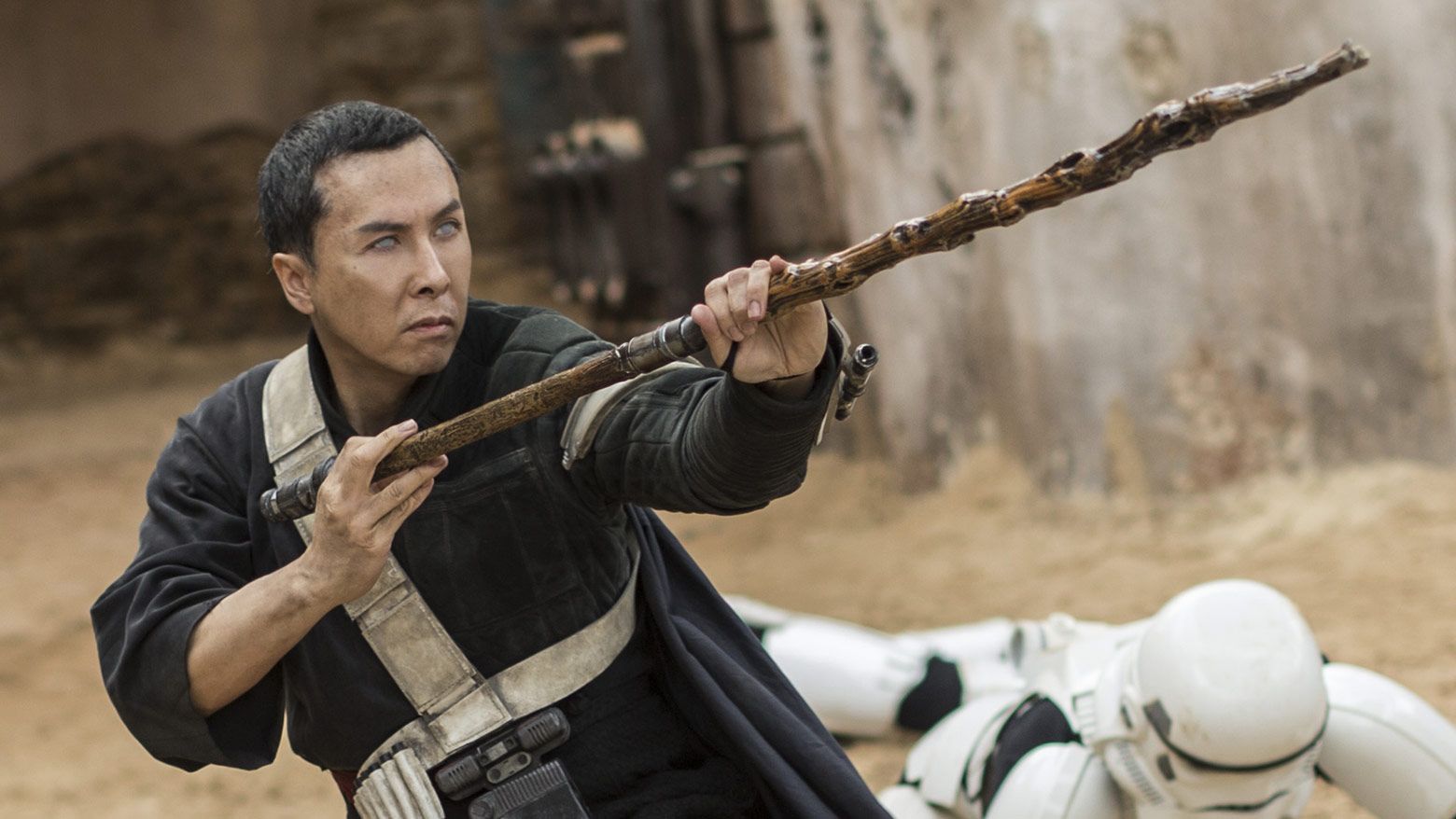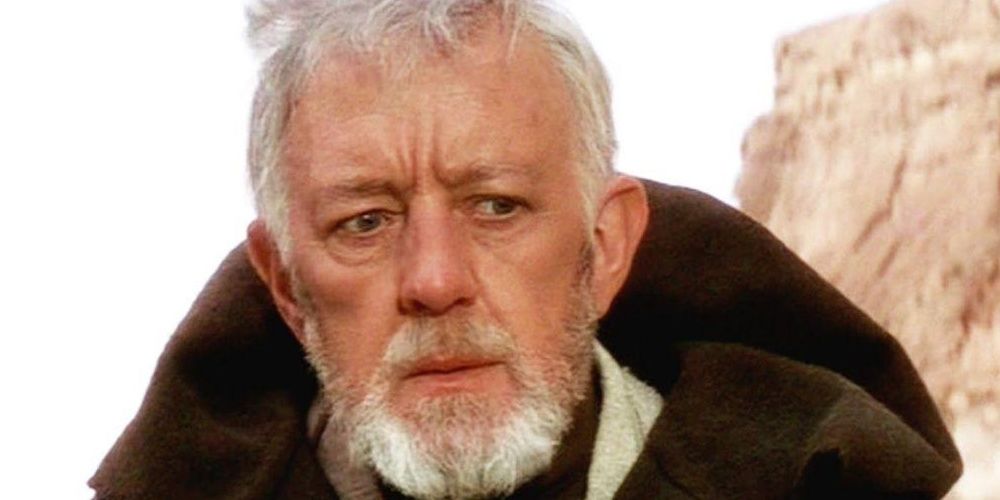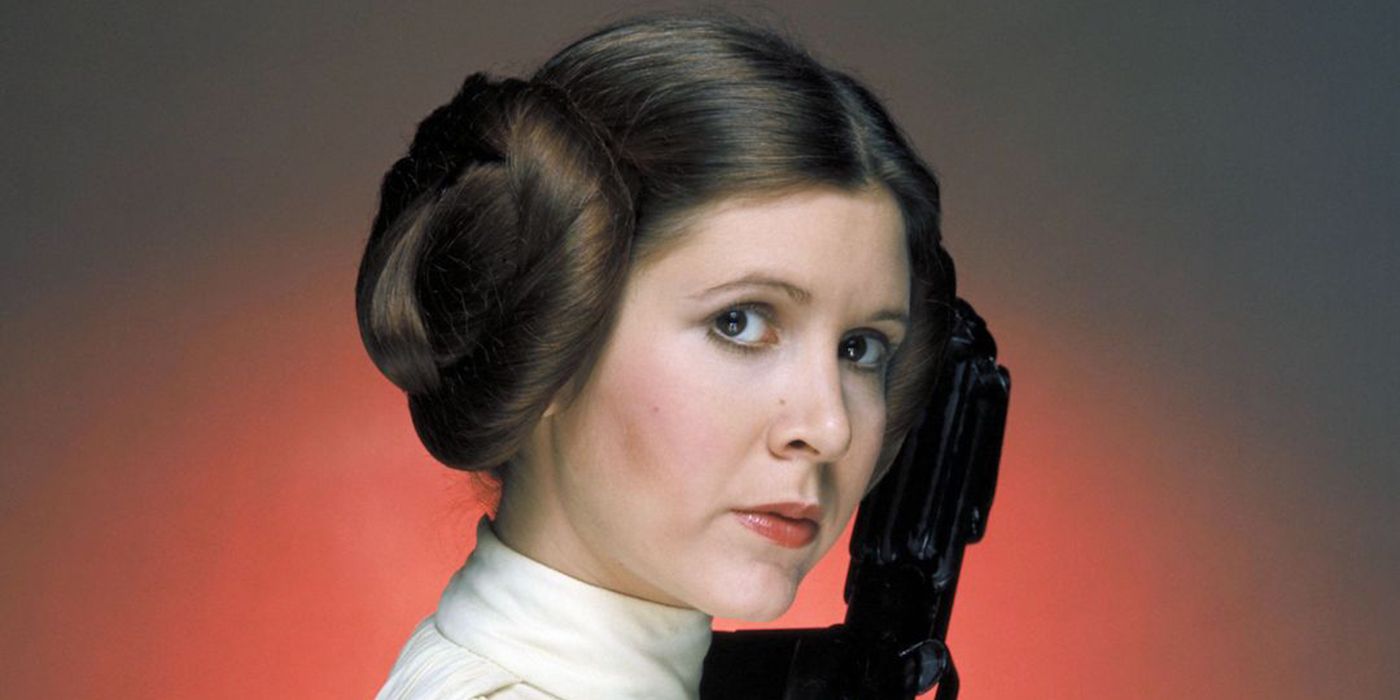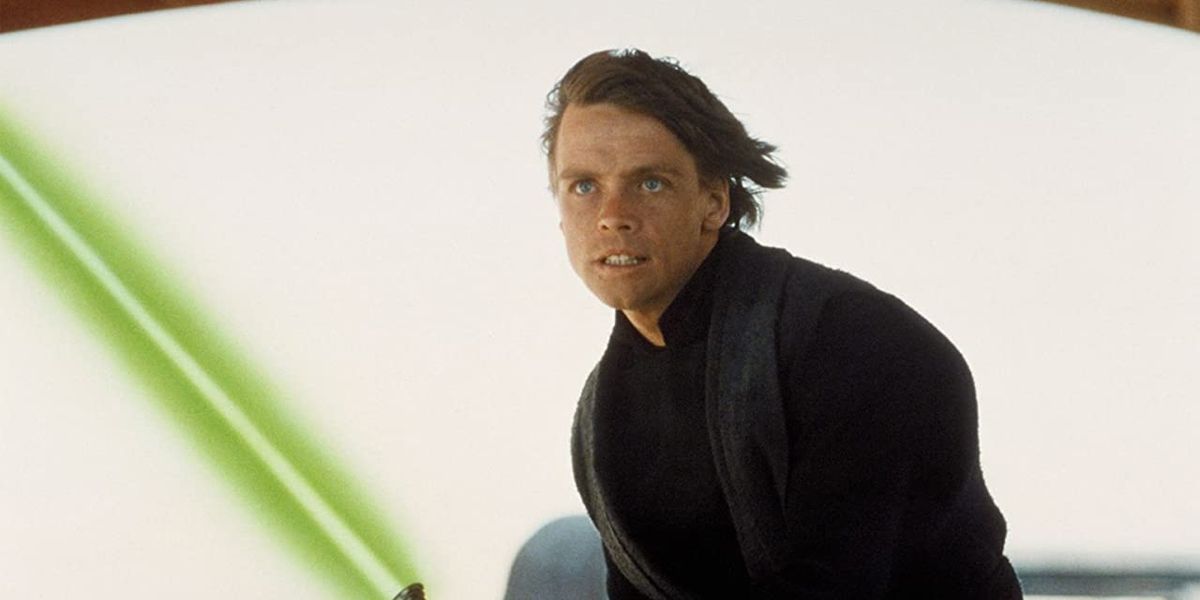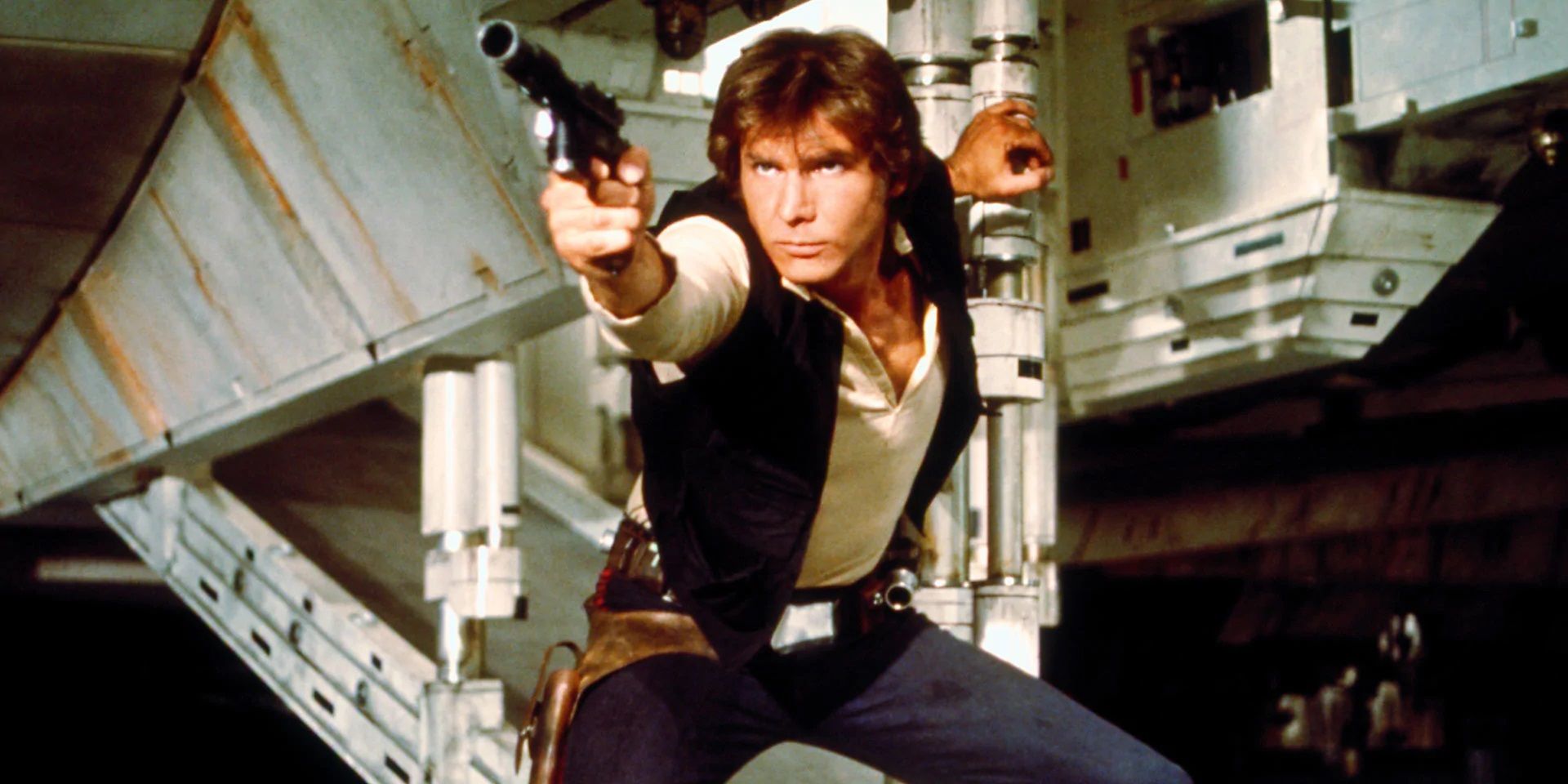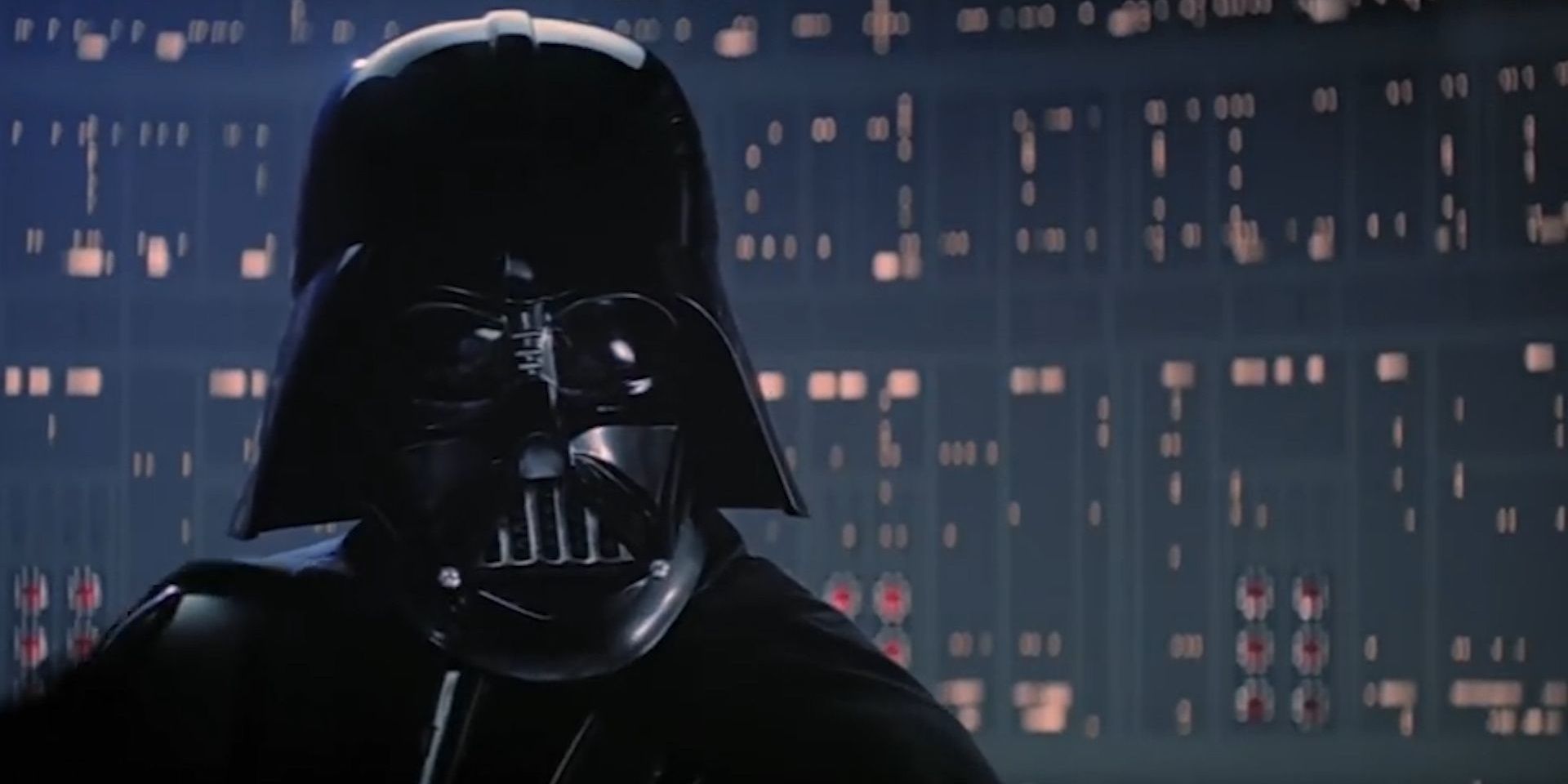One of the best parts of Dungeons and Dragons is the ability to customize a character who can explore a fictional world. Players can decide everything including name, gender, race, and craft an original backstory that impacts the game. But keeping track of the different classes can be daunting to a new player. One of the best ways to illustrate the different classes is to look at popular examples. The Star Wars franchise has some very good examples of the main Dungeons and Dragons classes.
To avoid getting too complicated, this list is focused purely on the original trilogy and Rogue One: A Star Wars Story. This is not to say that there are not other great examples of Dungeons and Dragons classes in other parts of the Star Wars franchise but to cover everything would require multiple lists. In addition to identifying the appropriate classes, each character has also been labeled with an appropriate subclass as well as an approximation of their moral alignment.
7 Jyn Erso: Rogue (Thief)
Alignment: Lawful Good Rogues are good for finding less conventional ways to solve objectives, usually favoring stealth and precision over direct confrontation and blunt force. Rogues require some quick thinking, a skill for getting into unreachable places, and an ability to adapt to unexpected situations. Even before she orchestrated the heist responsible for getting the Death Star plans to the Rebel Alliance Jyn was an expert thief who was good at blending into places. One of the perks granted to a thief is "Second Story Work", which improves their ability to climb. Jyn uses this skill on multiple occasions, but it is particularly notable during the climax when she has to climb through the Imperial Data archives and reach the transmitter on the roof – even narrowly avoiding being sliced by a faulty door.
6 Chirrut Imwe: Monk (Way of the Open Hand)
Alignment: Lawful Good Monks are expert martial artists who rely on an ability called "Ki." Simply replace "Kit" with "The Force" and this is a fairly close description of Chirrut Imwe in Rogue One: A Star Wars Story. Monks do not wear armor and rely on minimal weapons, only having access to shortswords and simple weapons. In Chirrut's case, his only weapon is his staff. But he is able to use it to impressive effect, easily taking out whole squads of Stormtroopers in a matter of seconds. Although he is not able to directly manipulate the force the same way a monk would use Ki, his devotion makes the resemblance pretty obvious.
5 Obi-Wan Kenobi: Wizard (School of Enchantment)
Alignment: Lawful Good Wizards are usually a support class, sometimes referred to as a "utility class" due to their wide range of spells. This puts a limit on their ability to contribute directly to combat but it does allow them to provide valuable support with a much wider range of options than warlocks or sorcerers. Obi-Wan's role in the films is mainly to act as a mentor and guide for Luke, so a lot of his methods of helping are more subtle and mainly rely on the force. The main reason Obi-Wan would fit the school of enchantment is because a lot of his abilities are based on influencing others. His introductory scene has him imitating the sound of a Krayt Dragon to scare away a group of marauding sandpeople and, more famously, he uses the force to get past an Imperial checkpoint. In fact, the school of enchantment actually offers an ability called "Hypnotic Gaze" that works very much like a Jedi mind trick.
4 Princess Leia Organa: Bard (College of Valor)
Alignment: Lawful Good Leia may not be the most conventional idea of a bard, but she does fill several aspects of the part. Bards usually act as support rather than attackers. In the original trilogy, Han and Luke did a lot of the actual fighting while Leia mainly provided support. Bards also have access to a versatile range of spells – not unlike the reveal of Leia's force sensitivity in The Empire Strikes Back.
One of the main defining features of a bard is their high charisma. While not the most common choice of profession, Leia's role as a diplomat naturally requires good charisma. She also has a talent for inspiring others – one of the bard's most iconic abilities is "Bardic Inspiration." The College of Valor would fit Leia due to her ability to handle difficult situations. She knows how to handle herself when the shooting starts – or how to find ways to give her allies an advantage.
3 Luke Skywalker: Paladin (Path of Redemption)
Alignment: Lawful Good Though it took some time to fully embrace it, Luke Skywalker ultimately became a champion of the light side. His paladin nature really comes out in Return of the Jedi when he fully embraces the force and is faced with not only defeating the Empire but also uphold his own moral code. Towards the end, Palpatine tries to coerce Luke into turning to the dark side by striking him down with his hatred – something he actively has to resist. Luke would best fit with the Oath of Redemption, which strives to find the best in others and to avoid violence whenever possible. He actually tried to save Han Solo by reasoning with the notorious crime lord Jabba the Hutt, only turning to violence after nearly being killed... twice. More famously, he was also the one person who believe Darth Vader could be redeemed – something even his own mentor thought impossible.
2 Han Solo: Fighter (Gunslinger)
Alignment: Initially True Neutral, later shifts toward Chaotic Good Due to his reputation as a scoundrel, one would think Han Solo is a rogue – but he never really shows the talent for stealth that is commonly associated with that class. He also regularly takes part in fights, usually preferring to target his enemies directly albeit with a little more tact than Chewbacca. This actually puts him much closer to a fighter than a rogue, but it is complicated by his reliance on blasters.
However, it makes a lot more sense when one considers the unofficial "gunslinger" subclass for fighters. The gunslinger archetype acts exactly as its name implies – making room for firearms to be incorporated into a fighter's arsenal. Gunslingers get a bonus to all firearm attacks at third level and access to a variety of "trick shots" that would not be out of Han Solo's character.
1 Darth Vader: Paladin (Oath of Conquest)
Alignment: Lawful Evil It is a common misconception that paladins a
re always good, but they can also be evil. This is especially true of the "Oath of Conquest" which is a vow to pay any price required to accomplish their goals. Paladins of this oath are more likely to perform less-than-ethical actions, usually on the assumption that the ends justify the means. Because Vader was a Jedi knight before turning to the dark side, the obvious assumption would be the oathbreaker – funnily enough, he is not. While Anakin Skywalker was a dedicated student, he never showed the same commitment to upholding the Jedi creed as his master, nor did he ever truly vow to uphold it – he actually violated it on multiple occasions. It was only as Darth Vader that he swore allegiance to Emperor Palpatine, and made his sacred vow to rule the galaxy by any means necessary.

